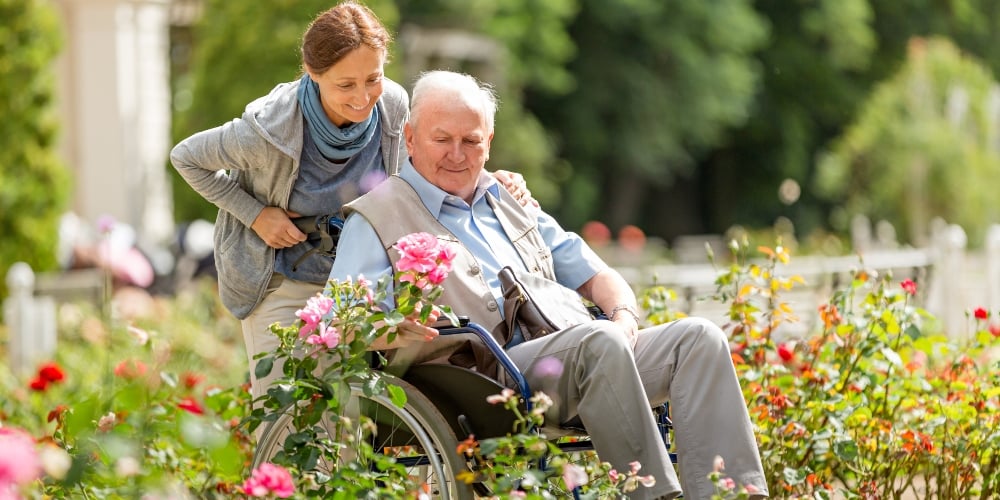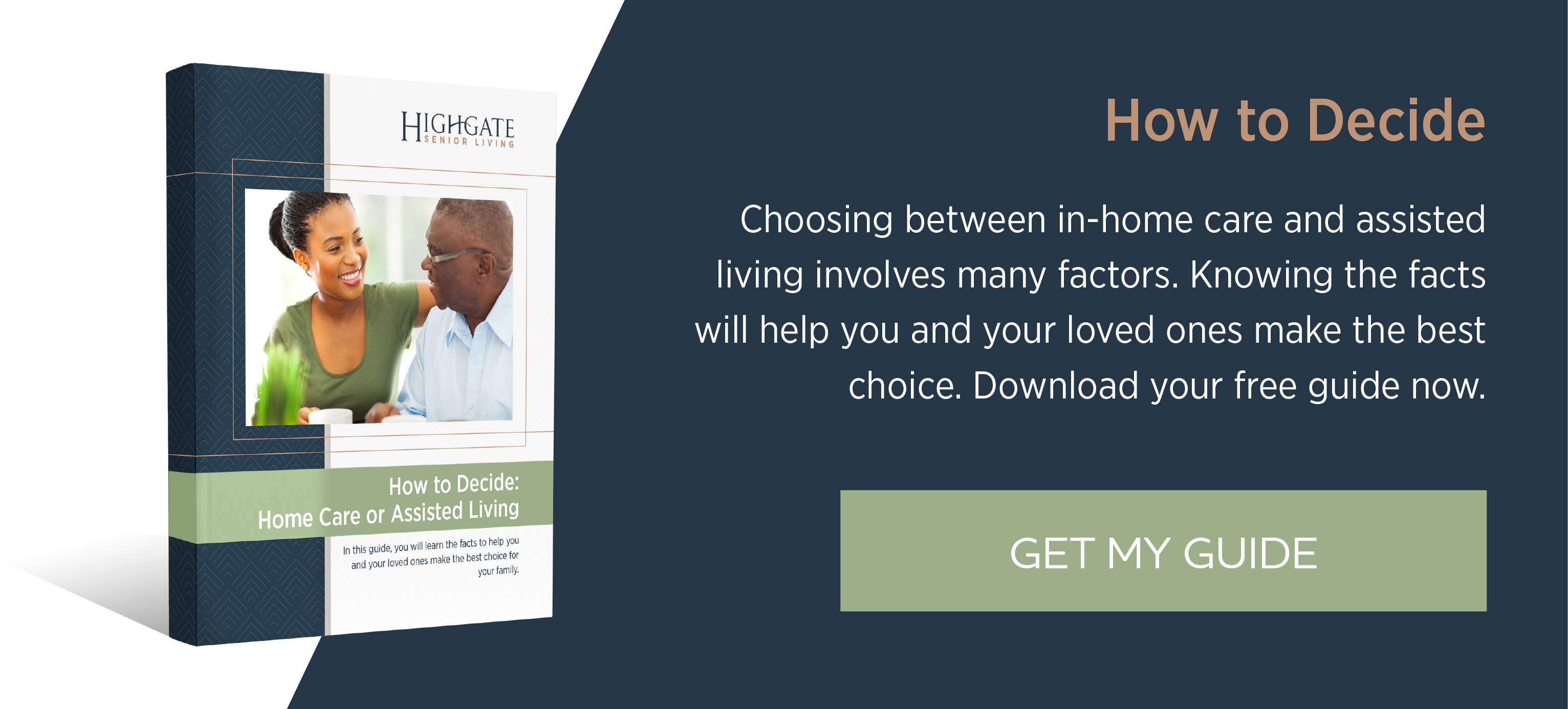
If you’re a family caregiver, it won’t come as a surprise to you that caring for an aging loved one at home is usually more than you expected. The recently released AARP report Home Alone Revisited affirms that millions of family caregivers continue to take on the responsibilities that used to be the responsibility of health care professionals — managing medication, handling medical equipment, changing dressings — and they often find them difficult to perform.
“Afraid of Making Mistakes” – Common Fear Among Family Caregivers
Home Alone Revisited found that half of family caregivers are performing medical and nursing tasks for loved ones with physical, cognitive, and behavioral health challenges. The most difficult tasks include managing medications, helping with assistive devices for mobility, preparing food for special diets, and doing wound care.
When asked why a task is difficult to perform, 27.5 percent of family caregivers said they are afraid of making a mistake: What if something happens? Will I feel guilty? Am I responsible for things that go wrong?
Family caregivers take on a huge amount of responsibility — not only for the daily care of a loved one but also for all the other things that “might” happen while being a caregiver. Without support, stress, worry, and financial concerns increase.
5 Resources for Family Caregivers
Fortunately, you don’t have to provide care at home alone. It’s OK to ask for help. Not only will it prevent you from burning out, but it will also ensure your loved one gets the care they need.
From support groups and transportation services to respite care and assisted living, here’s a look at five resources for family caregivers caring for an aging loved one at home.
1. Caregiver Support Group
Caring for a loved one can be a full-time job, which means being a caregiver can be isolating. Caregiver support groups bring individual caregivers together to talk about their experiences and feelings — online or in person — which can help you realize that what you’re going through is normal. These networks not only offer social and emotional support, but they are also a great place to learn information, plug into other caregiving resources, and get assisted living referrals.
2. Home Care
If your loved one needs help with Instrumental Activities of Daily Living — such as shopping, food preparation, housekeeping, and transportation — hiring a home care companion a few hours a week can help allow them to live safely in their home. If your loved one needs help with activities of daily living — such as bathing, toileting, and eating — you might consider private duty nursing care. If this is the case, however, it probably won’t be long until your loved one will need ongoing care.
3. Transportation Services
It can be hard to get your errands done, let alone yours and your mom’s. Having access to affordable transportation not only keeps your loved one connected to their community, family, and friends, it also frees you up to take care of your own life. Most counties across the U.S. offer free or low-cost public transportation services designed for seniors who need door-to-door rides. To find out about paratransit in your community, contact your local Area Agency on Aging. Lyft, Uber, and GoGoGrandparent — a transportation company created specifically for older adults — can also help your loved one get to where they need to be.
4. Respite Stay
Whether you need time off to manage your other responsibilities, have a vacation planned that you don’t want to miss, or you want your loved one to get a look inside an assisted living community, respite care allows you to take a break from your daily care routine and recharge your batteries while ensuring your loved one receives the same high level of care you have been providing.
5. Assisted Living
Caregiving for a loved one is inarguably one of the most difficult responsibilities you can be faced with. There may come a point in time when it’s best to let others take on the responsibility of caregiving.
This might be a scary thought initially. However, if your loved one has a condition that is going to continue to get worse, it might be the best thing you can do to get them in a setting where they can get comfortable, get to know the community, and get to know the care partners. Because services are personalized to meet individual needs, your loved one can remain as independent as possible, for as long as possible. Yet they will have access to the care they require at a moment’s notice.
For more information about the key differences between home care and assisted living, download our eBook How to Decide: Home Care or Assisted Living.





